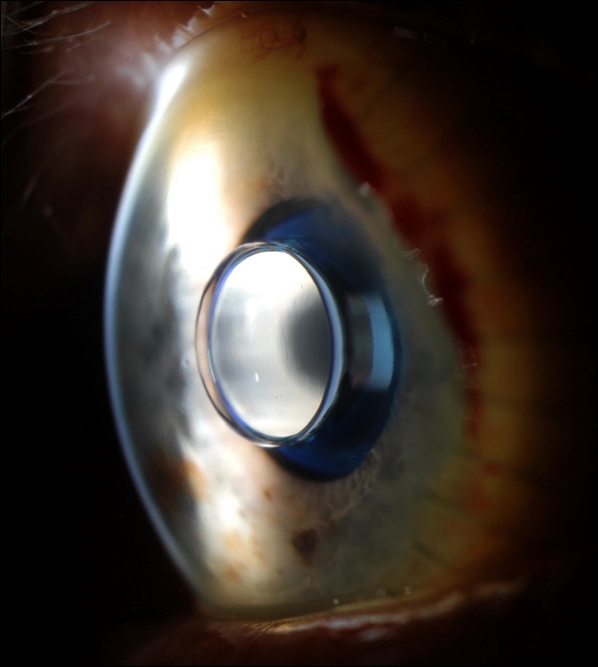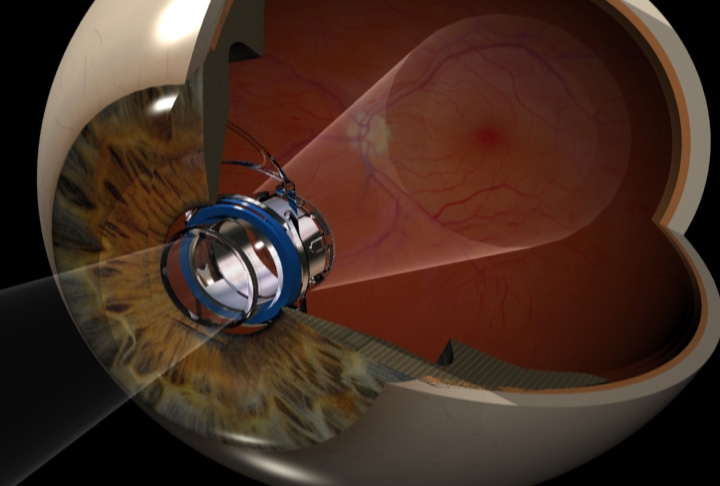Tiny Telescope Implant Restores Vision in Aging Eyes

Virginia Bane, an 89-year-old California-based artist, stopped painting four years ago when she lost her central vision to end-stage age-related macular degeneration. But surgeons at the University of California, Davis, have implanted a miniature telescope into her eye in a new type of procedure that restored some of her vision.
"I can see better than ever now," Bane said in a statement from UC Davis. "Colors are more vibrant, beautiful and natural, and I can read large print with my glasses. I haven't been able to read for the past seven years. I look forward to being able to paint again."
Macular degeneration is a leading cause of blindness in the elderly. The disease damages the macula tissue in the retina, creating a blind spot in a person's central field of vision. The telescopic implant, which is smaller than a pea, works by projecting images onto an undamaged portion of the retina in one eye so that the person can again see objects directly in front of them, the researchers said.
Richard Van Buskirk, an optometrist with the Society for the Blind in Sacramento, explained how the eye with the implant and the untreated eye work together to improve vision for Bane.
Considered the most sensitive part of the retina, the macula is made up of millions of light-sensing cells that allow a person to see sharp, detailed images of objects directly in front of them. The retina, located at the back of the eye, turns incoming light into electrical signals sent to the brain via the optic nerve. The brain then translates these signals into pictures. For those with macular degeneration, the finer details of these images are blurry.
As such, Bane's vision should continue to improve over time "as she retrains her brain how to see," Van Buskirk said in a statement. "She basically uses her left eye with the telescopic implant to see details, such as using a microwave keypad and reading a book. Her untreated right eye provides peripheral vision, which helps with mobility, such as walking or navigating within her home. Ultimately, her brain will automatically make the shift, using the capability of each eye as needed."
So far, 50 individuals in the United States have received the implant, according to UC Davis. Eligible candidates for the procedure are those 75 and older who have stable, but untreatable end-stage, age-related macular degeneration. Individuals must also have the dry type of the eye disease, the most common type of age-related macular degeneration, which Bane suffers from. Dry macular degneration involves deterioration of the macula, while the less-common "wet" type involves swelling caused by leaky blood vessels in the back of the eye.
Get the world’s most fascinating discoveries delivered straight to your inbox.
Follow LiveScience on Twitter @livescience. We're also on Facebook & Google+.


